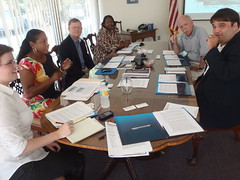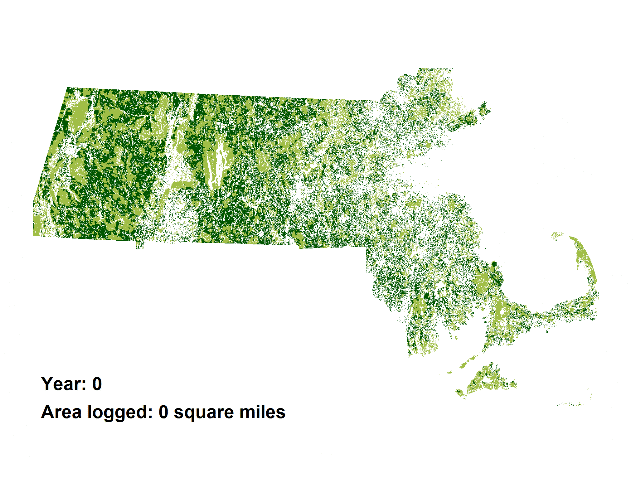-jsq
Subject: My response to Brad Lofton, why doesn’t he want his correpondence in the Valdosta Daily Times? What is he hiding?Continue reading
From: Leigh Touchton
To: blofton@industrialauthority.com
Date: Thu, 16 Sep 2010 20:53:56 EDT(Please see correspondence below mine which I am responding to: Mr. Brad Lofton’s email to his “stakeholders” which he doesn’t want to put in the newspaper )
Mr. Lofton:
My title is President of the Valdosta-Lowndes branch of the NAACP, I am not the Chairperson. I have a Master’s in Science in Biology from the University of Virginia, I have taught Environmental Science classes at the college level. It is incorrect and furthermore rude for you to refer to the President of the NAACP as part of the “misinformation on the street.”
I would be happy to deconstruct your arguments on the trip to Cadillac, Michigan, and how “green” Biomass Incineration can be. I invite readers to research all the Biomass incinerators around the country that have been shut down. They are banned in Massachusetts. They have been blocked in Florida. They show up in areas of the country where wealthy industrialists control the government and environmental regulations are lax. All the major environmental organizations in this country oppose them because they burn more wood that can be sustainably harvested. In the decade that is the hottest on record, in a crucial period in human history when life literally hangs in the balance over Global Climate Change, the Lowndes County Industrial Authority has decided to implement a Biomass Incinerator which spews more carbon dioxide than a coal plant.





